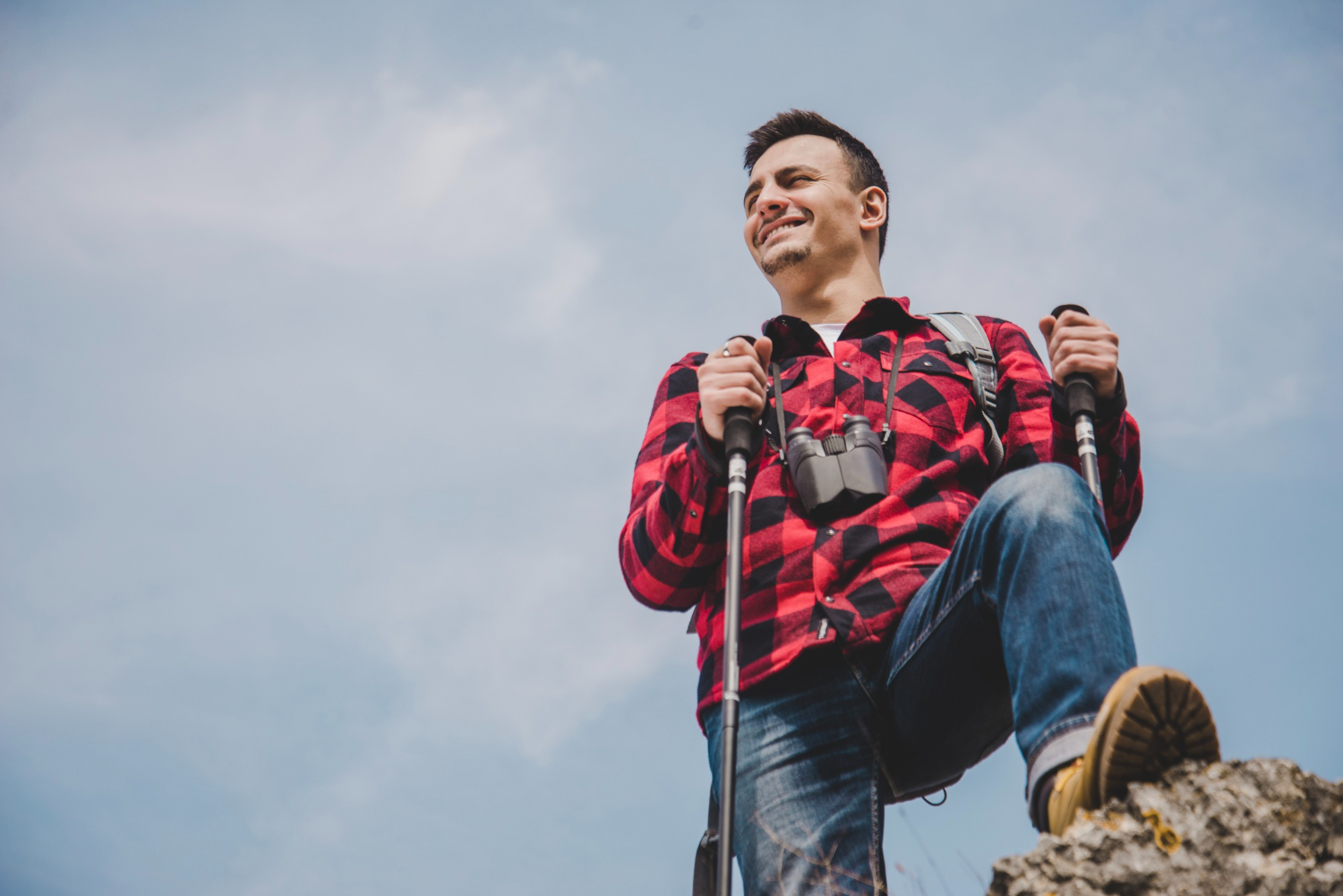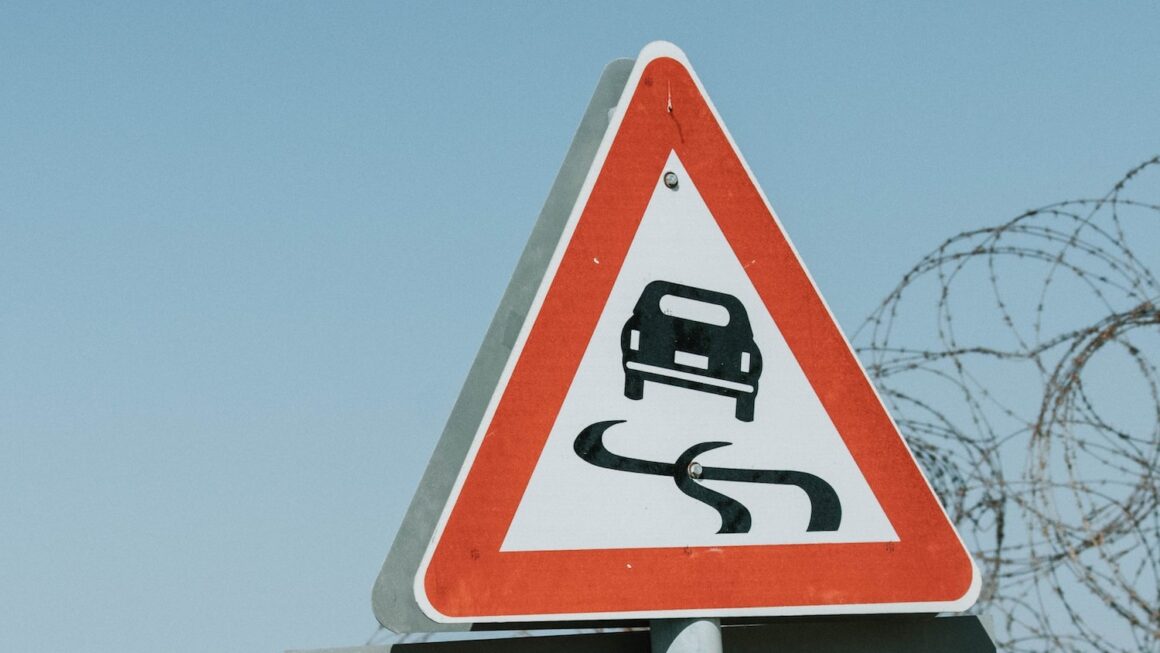Hiking alone can be a rewarding and empowering experience. It offers the freedom to explore at your own pace, connect with nature on a deeper level, and enjoy some quiet solitude. However, hiking alone also comes with added responsibility and potential risks. To ensure a safe and enjoyable solo hiking experience, follow this comprehensive guide on how to start hiking alone.
Choose Beginner-Friendly Trails:
As a solo hiker, it’s essential to start with beginner-friendly trails that match your fitness level and experience. Look for well-marked and well-traveled trails with moderate difficulty. Gradually increase the difficulty level as you gain confidence and experience.
Research and Plan Your Route:
Before heading out, thoroughly research your chosen trail. Obtain trail maps, read reviews, and check for recent trail conditions and updates. Plan your route, including the distance, estimated time, and points of interest along the way.
Share Your Itinerary:
Inform a friend or family member about your hiking plans, including your planned route, starting and ending times, and expected return time. This way, someone will know where you are and can alert authorities if needed.
Check the Weather:
Check the weather forecast for the day of your hike and the days leading up to it. Be prepared for changes in weather conditions and dress accordingly.
Pack the Essentials:
Pack the necessary hiking essentials, including:
- Navigation tools: Map, compass, and/or GPS device.
- First aid kit: Bandages, antiseptic wipes, pain relievers, etc.
- Hydration: Sufficient water and water purification methods if needed.
- Nutrition: Energy bars, trail mix, and other lightweight snacks.
- Safety gear: Whistle, multi-tool, and emergency blanket.
- Sun protection: Sunscreen, sunglasses, and a hat.
- Lighting: Headlamp or flashlight with extra batteries.
- Communication: Fully charged cell phone and/or satellite communication device.
Hike During Daylight Hours:
As a beginner solo hiker, it’s best to hike during daylight hours. This ensures better visibility and reduces the risk of getting lost in the dark.
Keep Reading: https://goodbusinesstime.com/travel/what-is-a-red-eye-flight/
Start Early:
Begin your hike early in the morning to avoid crowds and to allow ample time to complete the hike at a relaxed pace.
Pace Yourself:
Take your time and hike at a comfortable pace. Regularly check your map or GPS to ensure you’re on the right track.
Stay on the Trail:
Stick to marked trails and avoid venturing off the path, as it’s easier to get lost in unfamiliar territory.
Stay Aware of Your Surroundings:
Be mindful of your surroundings, including wildlife, potential hazards, and changing weather conditions.
Trust Your Instincts:
If you ever feel uncomfortable or unsure about a situation, trust your instincts and make the safest decision.
Stay Hydrated and Nourished:
Regularly drink water and eat snacks to maintain your energy levels throughout the hike.
Rest and Take Breaks:
Take short breaks during your hike to rest and enjoy the scenery. Use this time to assess your energy levels and hydration.
Leave No Trace:
Respect nature and leave no trace of your presence. Carry out all trash and follow the principles of “Leave No Trace.”
Be Mindful of Wildlife:
Keep a safe distance from wildlife and avoid feeding or approaching them. Remember that you are a guest in their natural habitat.
Trust in Your Abilities:
Believe in your abilities and know your limits. Don’t be afraid to turn back if you feel overwhelmed or unsafe.
Practice Self-Reliance:
As a solo hiker, you are responsible for your safety. Be self-reliant and avoid relying on others for assistance.
Reflect on Your Experience:
After your hike, take some time to reflect on your solo hiking experience. Assess what went well and what you can improve upon for future hikes.
Conclusion:
Hiking alone can be a rewarding and transformative experience. By following this comprehensive guide, you’ll be well-prepared to embark on solo hiking adventures safely and confidently. Remember to start with beginner-friendly trails, plan your route diligently, and equip yourself with the essential gear and knowledge. With proper preparation and a sense of adventure, solo hiking can become a cherished part of your outdoor journey. Enjoy the beauty of nature and the freedom of the trails as you embrace the wonders of hiking alone.




